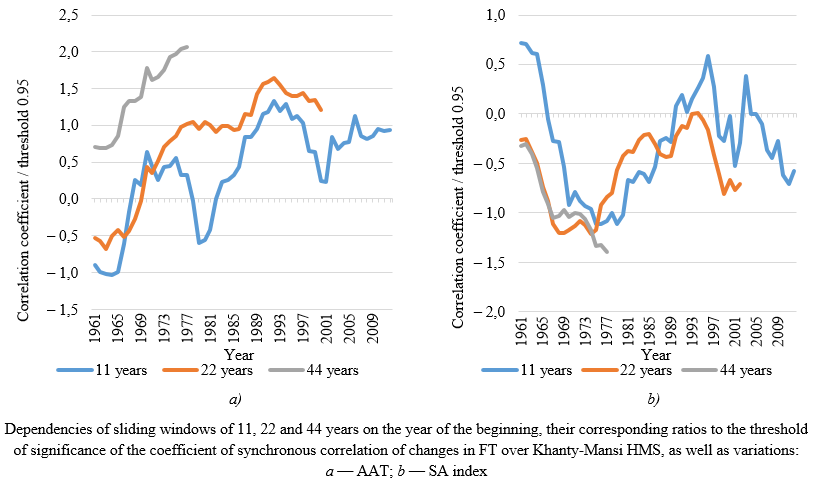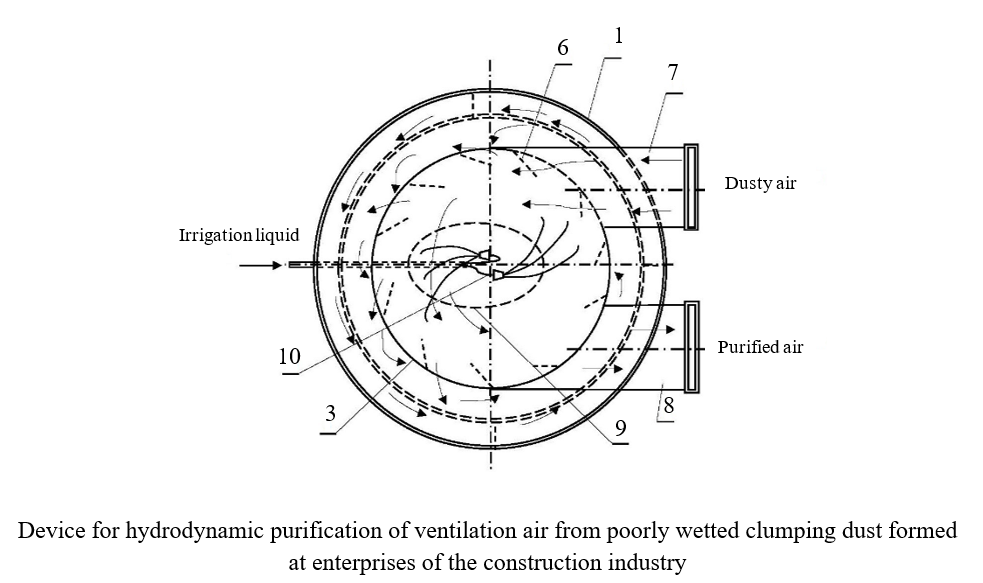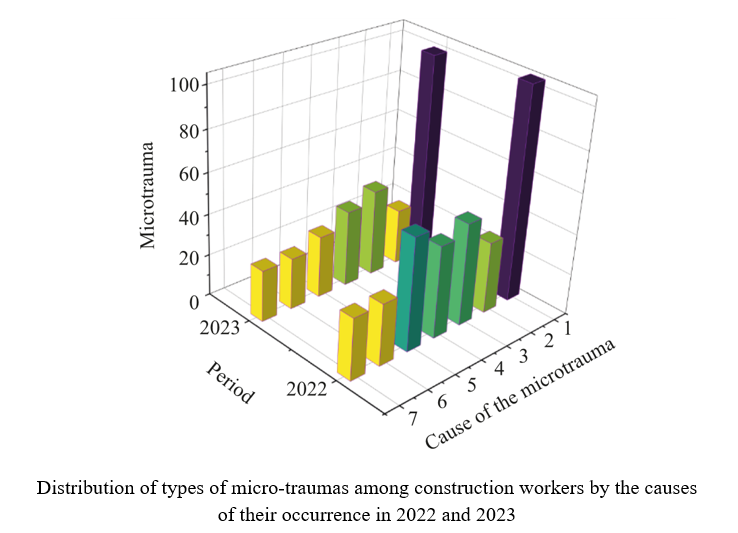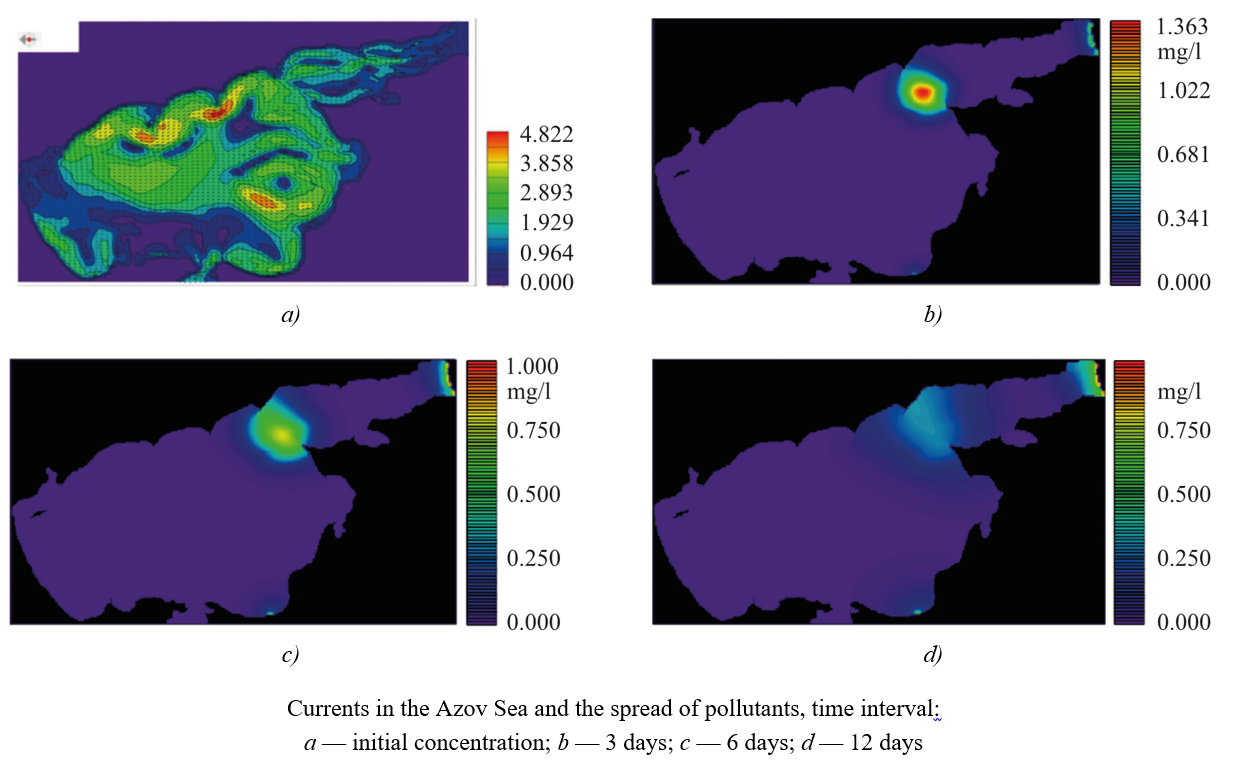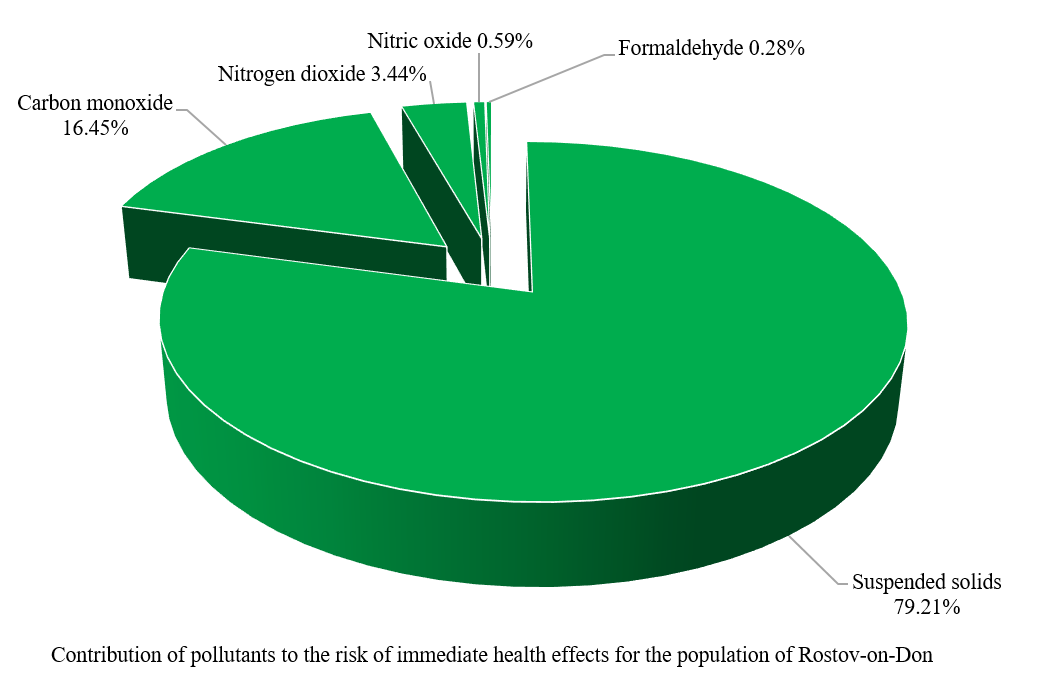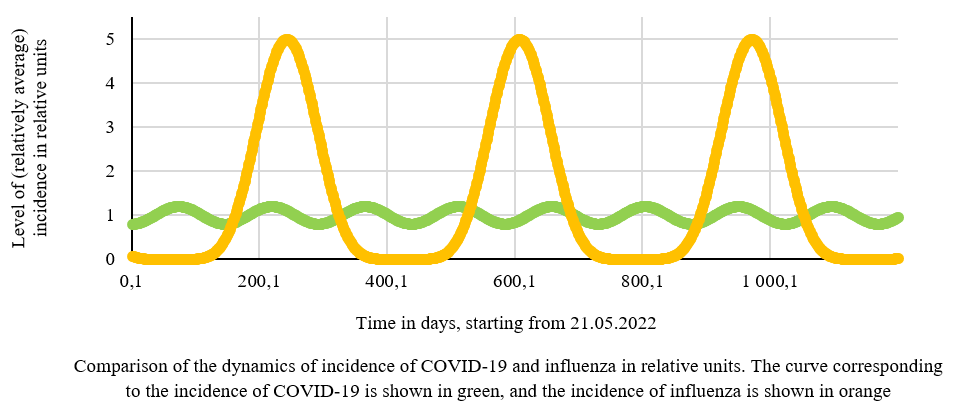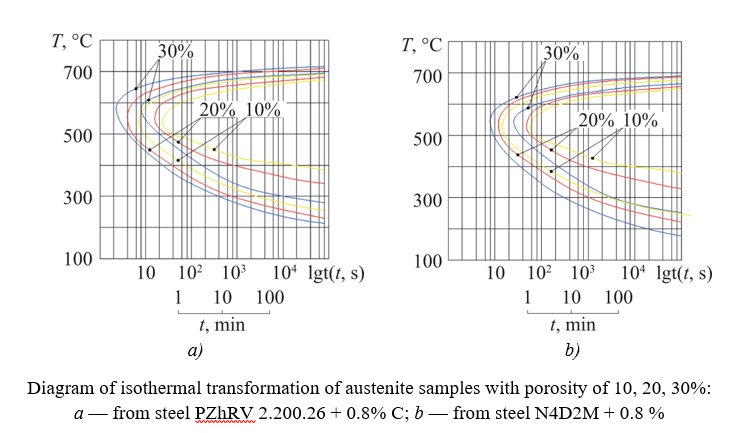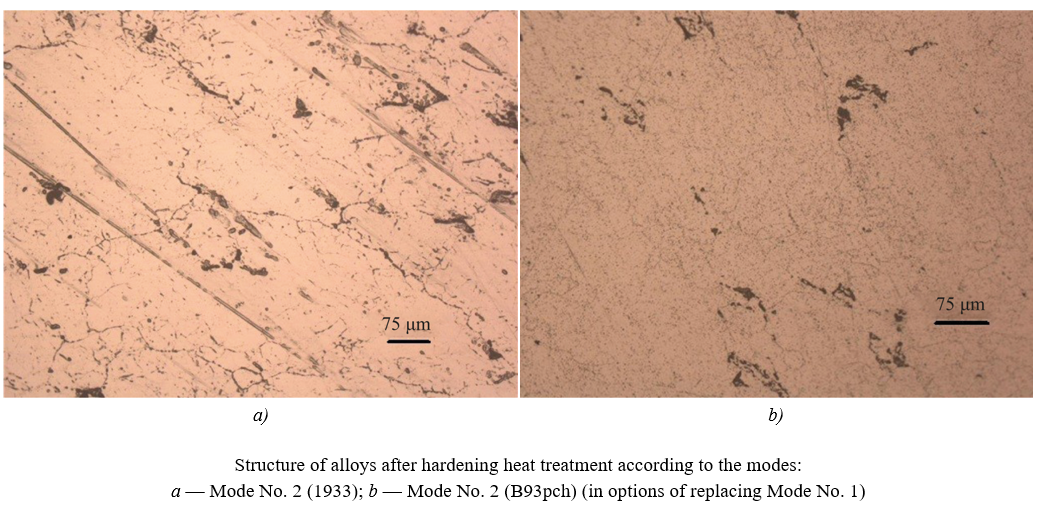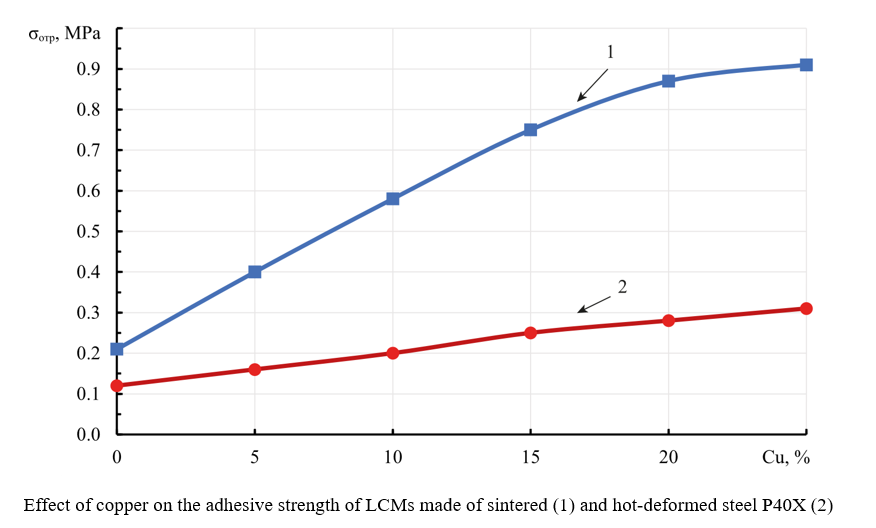ANNIVERSARY OF THE SCIENTIST
TECHNOSPHERE SAFETY
Introduction. Improving methods for modeling and forecasting changes in the number of forest fires, as well as the frequency of thunderstorms that cause them, is a significant challenge for environmental safety, emergency preparedness, and climatology. This is particularly relevant for regions with a forest landscape, such as the KhantyMansi Autonomous Okrug (Yugra). Domestic and foreign researchers have found that variations in seasonal average air temperatures and solar activity are effective predictors for modeling these processes in many regions. However, the connections between these processes and these factors in Yugra remain understudied, hindering our ability to determine the usefulness of including them in predictive models. The aim of the study is to test the hypothesis that there are significant statistical relationships between changes in the frequency of thunderstorms, the number of forest fires in the territory of Yugra, and variations in average air temperatures near the surface of the atmosphere during the thunderstorm season. The study aims to investigate whether these relationships are significant and increasing during periods of climate warming, as well as to assess the impact of solar activity on these relationships. To achieve this goal, we have analyzed the significance of correlation between the changes in the frequency of thunderstorms over the territory of Ugra and synchronous variations in the number of forest fires occurring here, as well as synchronous and ahead of time variations in the average seasonal air temperatures and solar activity in the period of climate warming. Materials and Methods. The study used observational data on average daily air temperatures, dates of thunderstorms over representative hydrometeorological stations of the studied area, information on changes in average annual solar radiation with a wavelength of 10.7 cm, and information on forest fires and related emergencies in Yugra. The data were obtained from international and Russian climate data banks and systems, as well as official reports from relevant ministries and agencies. The method of assessing the strength of links between processes was multiple correlation analysis. The statistical significance of identified links was assessed using the Student's t-test.
Results. As a result of the study, it was established that the hypothesis put forward was valid. There was the correlation between the changes in the frequency of thunderstorms and the number of forest fires in the territory of Yugra with variations in average air temperatures and solar activity during the thunderstorm season. This trend was significant and increasing. We proved that the correlation of interannual changes in the number of forest fires that occurred in the XXI century in the territory of Yugra per year with synchronous variations in the frequency of thunderstorms over it was significant and intensified. The conditions were identified under which statistical relationships between changes in the frequency of thunderstorms here, as well as variations in average monthly air temperatures and solar activity, were significant and are increasing now. Therefore, when these conditions were met, it was advisable to take into account the factors under consideration during modeling and forecasting of the process under study.
Discussion and Conclusion. The results obtained fully confirm the existing ideas about the impact of climate change and solar activity on the frequency of thunderstorms in the atmosphere, as well as the features of current climate change in Western Siberia. These connections can be used to predict changes in thunderstorm frequency and forest fire risk, and these predictions should be taken into account when planning activities within the unified state emergency management system.
Introduction. In the modern world, special attention is paid to the quality of atmospheric air. One of the major contributors to air pollution is the release of harmful substances, including solid particles from industrial activities. These particles can accumulate in high concentrations, making it difficult for even the most efficient (up to 95.0%) cleaning devices to keep up. That is why the development and improvement of highly efficient air purification devices from dust are very relevant. In this regard, as a scientific problem, the authors highlighted the need to improve engineering means of air purification from dust by separating the dispersed phase (dust particles) and the dispersion medium (air), which ultimately will lead to an increase in cleaning efficiency. The aim of this study is to improve the environmental safety of industrial sites of construction industry enterprises and adjacent residential areas by using highly effective means of air purification.
To achieve this goal, we have developed a physics and power-engineering concept and created a block diagram of a physical model for reducing air pollution from construction dust. We have also developed a highly efficient and economical device for hydrodynamic purification of ventilation air from poorly wetted clumping dust. The experiments were conducted to identify the real range of values of the efficiency of air purification from dust.
Materials and Methods. The research is based on methods of physical modeling, mathematical description, and statistical analysis of experimental data.
Results. As a result of the research, it was found that:
− the basis for the development of a highly efficient and economical air purification device from various types of construction dust could be based on the physics and power-engineering scientific concept proposed by the authors, describing the processes of pollution and reduction of air pollution;
− step-by-step consideration of the process of air pollution could be the basis for scientific justification and description of the process of air pollution reduction in the construction industry;
− based on the analysis of the process of the reduction of air pollution by various types of construction dust, it was possible to develop a block diagram of a physical model of this process;
− the study of the behavior and properties of dust aerosol and external force influences directed at it made it possible to outline the main directions, technologies and engineering means to increase the efficiency of the cleaning process and develop a highly efficient and economical device that implemented this process;
− to study the range of changes in the values of the efficiency of air purification from dust, a number of experimental studies were conducted in laboratory conditions.
Discussion and Conclusion. The studies conducted allowed us to determine that an increase in air purification efficiency from dust with a SiO2 content of 20–70% was achieved in the device through a series of design modifications that enhanced wetting, bonding, and removal of particulate matter from the air. Simultaneously, high levels of integrated efficiency (96.5–98.7%) ensured the compliance with regulatory environmental standards for atmospheric surface air quality.
Introduction. The introduction of high-tech equipment and specialized software makes it possible to improve the quality of labor operations without attracting additional labor, which contributes to the rational use of time and resources. As a result of the implementation of this approach, the prevention of possible errors and delays caused by the human factor is achieved. By integrating digital technologies, it is possible not only to simplify management procedures, but also to reduce the level of occupational injuries and incidents by monitoring the compliance with the requirements for the use of personal protective equipment by personnel in real time. This work aims to reduce the level of occupational injuries by improving the micro-trauma prevention system and implementing integrated solutions for accounting for the issuance of personal protective equipment using software tools.
Materials and Methods. The paper examined the existing methods and technologies for accounting and issuing personal protective equipment in order to determine their effectiveness and applicability, taking into account the industry characteristics of enterprises based on the requirements of the legislative and regulatory framework of the Russian Federation. A questionnaire was developed to assess the need to improve the personal protective equipment used among employees of a construction organization in the Belgorod region. The survey of employees was conducted in the form of a checklist, where it was necessary to note the shortcomings and inconsistencies of the occupational health management system (OHMS) in the field of issuing PPE.
Results. The results of analyzing the completed questionnaires from the respondents who participated in the study suggested the importance of transitioning to a digital format for managing and issuing PPE in order to enhance the efficiency and effectiveness of providing employees with necessary personal protective equipment. The patent search conducted revealed the primary flaws in current methods and systems for distributing PPE, addressing which would enhance the reliability of the procedure for equipping personnel with protective equipment, indicating the significance of further research in this field. A model has been developed to improve the system for providing employees of construction companies with personal protective equipment by implementing the StroyKontrol+ software package to automate the accounting and issuance of these resources. This software solution integrated with the existing enterprise information systems and could be customized to meet the specific needs of an organization. The model included the use of monitoring tools to identify the need for replacing personal protective equipment and the creation of accounting documents to help increase safety and protect workers from harmful and dangerous industrial factors.
Discussion and Conclusion. The introduction of the Stroykontrol+ software package has made it possible to reduce the level of micro-trauma among construction workers due to their improper use of PPE, lack of necessary PPE and insufficient knowledge on how to use these tools. In addition, the authors emphasize, it is necessary not only to record applications from employees for certain protective equipment or violations identified, but also to reduce the time response of responsible parties when it comes to replacing defective personal protective equipment.
Introduction. Mathematical models and methods are widely used to study natural phenomena, replacing more expensive field experiments. However, one of the main challenges in modeling processes in complex systems is the lack of available input data and difficulty in selecting model parameters. The use of observational data assimilation methods is one of the ways to provide mathematical models with input data and parameter values. The aim of this study was to predict the development of complex natural systems under conditions of pollution using mathematical modeling techniques. To achieve this, several tasks were completed: a method for assimilating observational data was selected, a mathematical model for biological kinetics was updated, it was integrated with a hydrodynamic model, and a software package was developed. The significance of the work lies in the to the implementation of a model of the dynamics of phytoplankton populations (eutrophication) of the Azov Sea in the presence of pollutants, based on the use of variational methods for assimilating data obtained during expeditionary research.
Materials and Methods. The spread of pollutants was modeled using a three-dimensional mathematical model based on a system of convection — diffusion — reaction equations. The vector of movement of the aquatic environment was the input data for the model. The components of the current velocity vector in the coastal system were calculated using a mathematical model of hydrodynamics, based on three equations of motion and the equation of continuity. The software package developed based on these models received full-scale data collected during expeditionary research as input, and allowed us to refine the model of pollution in the aquatic environment and biota using variational methods for data assimilation.
Results. A short-term forecast for the spread of pollutants at the outlet of the Taganrog Bay was developed. The conducted computational experiment reflected the dynamics of pollutant spread from sources of contamination over a period of 3 to 12 days.
Discussion and Conclusion. The variational methods of assimilating observational data discussed in this study allow for the refinement and supplementation of mathematical models of phytoplankton population dynamics and pollutant spread. The software based on these mathematical models enables the creation of short- and medium-term forecasts for the spread of harmful substances, assessment of their impact on the growth of major phytoplankton species in the Azov Sea, and determination of strategies for sustainable development management.
Introduction. Assessment of the level of urban air pollution and its impact on public health is a crucial scientific task. Ensuring the environmental safety of urban areas is impossible if the air quality does not meet the established standards. Despite well-developed methodologies for assessing the health risks of urban environments, the results of such research in the regional context are insufficient. Currently, almost half of the population of the Russian Federation lives in cities with high or very high levels of air pollution. Among these cities, Novocherkassk in the south of Russia was identified as one of the most polluted in the period from 2014 to 2021. This necessitates conducting scientific research to assess the health risks associated with atmospheric air pollution in Novocherkassk. The aim of this study was to evaluate the health risks posed to the population of Novocherkassk due to air pollution.
Materials and Methods. The study used data from annual reports on the state of air pollution in cities in Russia from 2014 to 2021, which were prepared by the Federal State Budgetary Institution “Voeikov Main Geophysical Observatory” [1]. The authors used literary methods and methods of mathematical and statistical analysis in their work.
Results. The level of atmospheric air pollution for the period from 2017 to 2021 reached dangerous values for public health. Suspended solids and carbon oxide contributed most to the risk of health problems. The values of the complex indicator P, estimated by average annual concentrations, showed that the level of atmospheric air pollution in Novocherkassk was 1.68 times higher than in the largest city in the region, Rostov-on-Don. The highest level of atmospheric air pollution in Novocherkassk was noted within Post II, located at the intersection of highways and close to the impact zone of industrial enterprises.
Discussion and Conclusion. The calculations showed that exposure to polluted atmospheric air could cause symptoms of chronic intoxication in 240–280 out of every thousand people. When the maximum concentrations of pollutants in the atmospheric air of Novocherkassk were reached, from 579 to 692 people out of a thousand residents might experience adverse reflex reactions. In light of the identified health risks from air pollution, it is recommended to increase the number of green spaces and establish two additional monitoring stations for atmospheric pollution: one in the city's residential area and one near the Novocherkassk GRES power plant in the Donskoy district.
Introduction. The emergence of new vector-borne diseases necessitates the development of adequate medical regulations, prevention measures, rehabilitation programs, etc. Among all these measures, timeliness is the most crucial element, which cannot be achieved without reliable forecasting of the epidemic situation. In fact, the situation can deteriorate when two epidemics occur simultaneously, emphasizing the need for predicting the corresponding time intervals accurately. The aim of this study is to scientifically predict the periods when traditional influenza and COVID-19 epidemics may overlap.
Materials and Methods. The scientific research was based on the analysis of statistical data, which was processed using Fourier decomposition and autoregression techniques to study and predict various processes. The original mathematical model of COVID-19 dynamics was adjusted with new statistical data. The resulting scale-time and random characteristics of COVID-19 within the model were compared with known parameters of traditional influenza.
Results. It was established that the dynamics of the COVID-19 epidemic had a pronounced seasonal character with a frequency of three times a year. It was found that the method of forecasting COVID-19 incidence using Fourier decomposition was not reliable, but it allowed for a good description of the observed dynamics of the epidemic. Autoregressive analysis, on the other hand, was only suitable for short-term forecasting of coronavirus epidemics. The features of the two seasonal diseases, COVID-19 and influenza, have been compared, and the moments when their combined effects on a person would be particularly harmful have been predicted.
Discussion and Conclusion. All methods of mathematical analysis have convincingly demonstrated that the frequency of COVID-19 outbreaks occurs three times per year, while influenza occurs annually. During times when the activities of both viruses (coronavirus and influenza) coincide, special attention should be paid and measures taken to reduce the risk of contracting a seasonal viral infection, including through regular vaccination.
CHEMICAL TECHNOLOGIES, MATERIALS SCIENCES, METALLURGY
Introduction. Heat treatment is a common post-processing operation applied to powder steel (PS) after deformation. The fundamental principles of heat treatment theory, developed for solid materials, also apply to PS. However, the specific structure of PS introduces quantitative and qualitative differences in the kinetics of heat treatment processes. Therefore, it is important to understand the effect of heat treatment on the structure and properties of PS when developing new materials. The aim of this study is to investigate phase transformations in sintered powder steels during cooling and to determine their mechanical properties after heat treatment.
Materials and Methods. The study used domestic powders of brands PZHRV 2.200.28 (TU 14-1-5365-98) and PL-N4D2M (TU 14-5402-2002) produced by PJSC Severstal (Cherepovets). During the mixing process, ultrafine additives of silicon nitride (Si3N4) and nickel oxide (NiO) manufactured by Plasnotherm (Moscow) were added to the charge. Before use, the powders were tested on a universal laser particle size measuring device (FRITSCH ANALYSETTE 22 MicroTec plus) and a submicron particle analyzer (Beckman COULTER No. 5). To prepare the charge, we used a two-cone mixer RT-NM05S (Taiwan) and an ultrasonic station for sieving and mixing powders with ultrafine particles Assonic SPC (China). Static cold pressing was carried out in laboratory molds on a hydraulic press model TS0500-6 (China) with a maximum force of 50 tons. Homogenizing sintering was performed in the laboratory of heat treatment at the Department of Materials Science and Technology of Metals at Don State Technical University in a muffle electric furnace model 6.7/1300 in the temperature range of 900–1150℃, in a protective gas environment — dissociated ammonia. Sintering time was 15–180 minutes. Heat treatment of sintered powder steels was also performed in these furnaces. Quenching of sintered samples was carried out at a temperature of 800°C. The initial porosity of sintered samples was 10.15.25%. Sintered samples were cooled at a temperature between 100 and 300°C. Tensile testing was conducted in accordance with GOST 18227–851, using a floor-mounted servohydraulic tensile testing machine MGS-V15 in an automatic mode, with the help of a personal computer. Hardness was measured using a Rockwell hardness tester TK-2M with a diamond cone indenter under a total load of 1471 N.
Results. The study conducted allowed us to identify the patterns of phase transformation in powder-sintered steels with ultra-fine particles during cooling after quenching. We experimentally determined the values of critical cooling points for powder-sintered eutectic steels at cooling rates of 60–400°C per minute. Additionally, we determined the mechanical properties of sintered powder steels with ultrafine particles depending on the temperature range of transformations
Discussion and Conclusion. The research has allowed us to establish the effect of ultrafine particles on the temperature of the critical points of sintered eutectoid PS, to construct diagrams of isothermal transformation of austenite, as well as to determine the mechanical properties of powder-sintered steels containing ultrafine particles. The analysis of the results obtained from the research has shown a multifaceted impact of nickel oxide and silicon nitride particles on phase transformations in powder-sintered steel.
Introduction. High-strength aluminum-based alloys of the Al-Zn-Mg-Cu alloying system are commonly used in aircraft manufacturing. However, there is a need to address the issue of achieving the desired level of mechanical properties in large-scale parts made from these alloys during heat treatment. Additionally, studies on the evaluation of corrosion resistance during heat treatment are also essential. The aim of this work was to determine the modes of heat treatment to achieve the necessary values of mechanical properties and resistance to corrosion cracking of parts made of large-sized deformed blanks of alloys of the Al-Zn-Mg-Cu alloying system.
Materials and Methods. The research was conducted on parts made from forged 1933 alloy forgings and B93pch stamped blanks. The influence of heat treatment on the mechanical properties (strength, ductility, hardness) and microstructure, as well as electrical conductivity, was determined. Tensile tests were carried out both on samples subjected to heat treatment after cutting from forgings and stamped blanks, and on samples cut from massive templets that were heat treated together with the products. Electrical conductivity allowed us to assess the level of solid solution supersaturation and predict resistance to corrosion cracking.
Results. The results of the study showed the necessity of a differentiated approach to assigning the duration of aging stages, depending on the alloy grade, configuration, and dimensions of the products, as well as the requirements for the level of properties. Variants and modes of heat treatment were proposed for products made from alloys 1933 and B93pch, providing the necessary level of mechanical properties and resistance to corrosion cracking.
Discussion and Conclusion. Cases of inconsistency in strength properties in the longitudinal and transverse (in width) directions of the fiber of parts made from large-sized blanks of alloys 1933 and B93pch have been established. Modes and options for heat treatment of parts were proposed, allowing the achievement of the required values of mechanical properties and corrosion resistance. This provides for a halving of the aging time for alloy 1933 or an increase of 25% for alloy B95pch.
Introduction. Parts of machines and mechanisms that operate in various conditions and come into contact with abrasive particles can quickly wear out and fail. This is especially true for the hydraulic block of a drilling pump, which, due to intense wear, must be replaced after only 5–10 hours of use when pumping heavy drilling fluids. The analysis of scientific literature and experience with drilling pump operation shows that current methods for increasing the wear resistance of structural steels against abrasive and impact-abrasive forces are ineffective. Thus, it is an urgent task to enhance these properties through improved design and manufacturing techniques for drilling pump components, which would reduce the cost of production, repairs, and maintenance. The aim of this work is to study the effect of chemical composition of abrasive particles and the strength of the interlayer boundaries of “wear-resistant steel — rubber” on the impact and abrasive wear resistance of layered composite materials.
Materials and Methods. Layered composite materials (LCMs) consisted of: a wear-resistant layer of 40X steel and a rubber layer of BK-1675N butyl rubber. The impact and abrasive wear resistance of the LCMs was studied in accordance with GOST 23.207–79 on a special installation. A mixture of silicon oxide and aluminum was used as an abrasive material. The microstructure of the SCMs surface, as well as the chemical and phase composition of the abrasive particles, were analyzed using equipment from the Common Use Center “Nanotechnology” of Platov SouthRussian State Polytechnic University (NPI). The adhesive strength between the layers of the LCMs was determined using a custom-built installation.
Results. The results of the study revealed that the wear resistance of the LCMs was several times higher than that of steels used for manufacturing parts resistant to abrasive particles. During the wear process, solid particles of aluminum and silicon oxides actively embed in the surface of the LCMs, increasing the intensity of wear. In contrast, less solid particles of magnesium and calcium aluminates were destroyed and fixed in formed defects on the LCM surface, slightly reducing wear intensity. It was also found that, when SCM layers were joined by hot vulcanization under pressure with a copper concentration of 25–30% in sintered P40X steel, adhesive strength increased to 0.93 MPa.
Discussion and Conclusion. The developed SCMs make it possible not only to increase the abrasive and impactabrasive wear resistance, but also to use cheaper grades of steels as a wear-resistant layer. The proposed method of joining the SCM layers from sintered steels eliminates the need for additional surface machining and the use of special adhesives. Such SCMs can be used in the assemblies of machine parts and mechanisms that are operated in conditions of abrasive and shock-abrasive wear.



